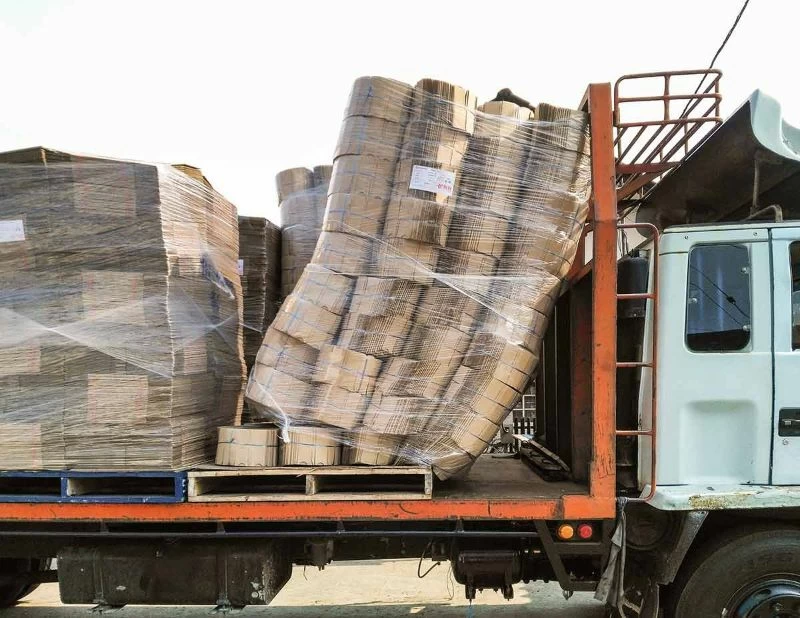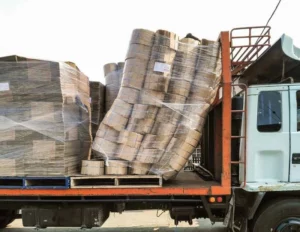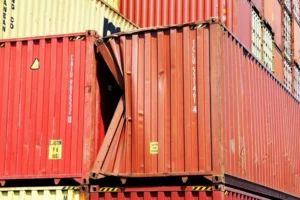
Strategies for Filing More Effective Freight Claims
There are numerous bogus suppositions about cargo claims. Misconceptions about what is covered, who is obligated, and how to viably document harm claims are important for the explanation around half of all payload claims are denied. With the National Cargo Security Council assessing yearly freight misfortunes at $50 billion every year, denied claims represent some significant pay misfortunes.
How to File Effective Freight Claim
There are a few things you can do, in any case, to turn claims changes in accordance with your approval.
1. Draft the Contract Clearly
To win a case, you first need to guarantee the transportation contract is appropriately drafted. It ought to determine which adaptation of the Incoterms® is being utilized. These 11 globally perceived transportation terms explain the errands, expenses, and dangers for purchasers and dealers for such terms as “free ready” and “conveyed at place.” Incoterms were refreshed in 2020, so audit them to guarantee you comprehend the current implications.
2. Comprehend Carrier Liability
Transporter obligation isn’t equivalent to payload protection. Transporter risk just cutoff points transporter openness to misfortunes. For instance, sea transporters ordinarily cap their misfortunes at $500 per load holder. Drivers’ responsibility, indicated in the bill of filling, might be covered at around $25 per pound. For high worth items, like gadgets, just a negligible portion of the worth of the products would be repaid.
Transporter risk is represented by one of four rules relying upon method of transportation. The subtleties fluctuate, however they each shield the transporter from misfortunes that emerge from demonstrations of God or “force majeure”— cataclysmic events, mobs, and significant disturbances—demonstrations of war, flawed items, and shortcomings of the transporter.
Freight protection, hence, is prudent. Organizations regularly neglect to buy protection, believing it’s shrouded in the corporate arrangement, that it’s superfluous, or that it is another division’s obligation. So before you decay payload protection, comprehend your danger openness.
3. Prove Carrier Negligence
To gather on a case against a transporter, you should demonstrate transporter carelessness. Models incorporate inappropriate obstructing and supporting that permitted burdens to move, defective refrigeration hardware on reefers or temperature controlled distribution centers, careless conveyance rehearses (like throwing gadgets onto patios), crane and forklift mishaps, traffic episodes, cargo train crashes, and surprisingly helpless mugginess control.
 For sea delivery, the Gard P&I Club, an oceanic guarantor offering security and repayment arrangements for transporters, says buildup is a significant reason for harm. Buildup results when the dew point of outside air is lower than that of air inside the load hold (or steel trailer). To relieve claims, it encouraged its individuals to guarantee satisfactory ventilation and—above all—to keep up with exact ventilation records to safeguard against load claims.
For sea delivery, the Gard P&I Club, an oceanic guarantor offering security and repayment arrangements for transporters, says buildup is a significant reason for harm. Buildup results when the dew point of outside air is lower than that of air inside the load hold (or steel trailer). To relieve claims, it encouraged its individuals to guarantee satisfactory ventilation and—above all—to keep up with exact ventilation records to safeguard against load claims.
That advisement highlights the significance of having certain, undisputable documentation when recording (or shielding against) payload claims.
4. Document Shipping Conditions
You can record your cases by utilizing condition screens, for example, SpotSee®’s effect, temperature, and slant screens or markers. Then, at that point, if payload is harmed and a case is documented, you have target proof of what occurred and who controlled the freight at that point.
For instance, SpotSee’s ShockLog® 298 effect recorder records the course, sufficiency, and term of effects that surpass your edges; the temperature; and has a discretionary GPS collector to pinpoint precisely where the event(s) happened. Such data gives a solid establishment to cases of harm or misfortune. Condition pointers, interestingly, show that an occurrence happened yet not when or where.
5. Be Thorough in Your Claim
Indeed, even with overpowering proof of transporter blunders, notwithstanding, guarantees actually might be denied. To limit that danger, when documenting a case, guarantee the case is:
- Clearly written (use plain language and be as descriptive as possible)
- Limited to actual physical losses, not lost time or opportunity
- Accurate
- Manageable
- Specific (avoid confusion in terms, such as “items” or “cartons”)
Multi-purpose transporter CSXT suggests transporters incorporate data that distinguishes the shipment, the delivery date, the transportation number, the names of the transporter and recipient, and the spot of beginning and objective. Plainly depict the payload and the amount of products being dispatched and the amount harmed. Giving unique and objective seal records is essential while guaranteeing deficiencies. To demonstrate harm, give records and other proof of harm from the starting place and the objective alongside records showing the attitude of rescue.
Multi-purpose transporters likewise may hope to see duplicates of the cargo bills got or paid related to the transportation of this freight—even from different transporters along the store network.
Condition Monitors Are Key
With insufficient documentation, it’s simple for transporters and back up plans to deny claims. You can decrease that danger. Condition screens give unassailable proof of occasions equipped for causing harm, and precisely when and where they happened. Introducing that proof can have the effect among winning and losing a harm guarantee.


0 Comments on "Strategies for Filing More Effective Freight Claims"